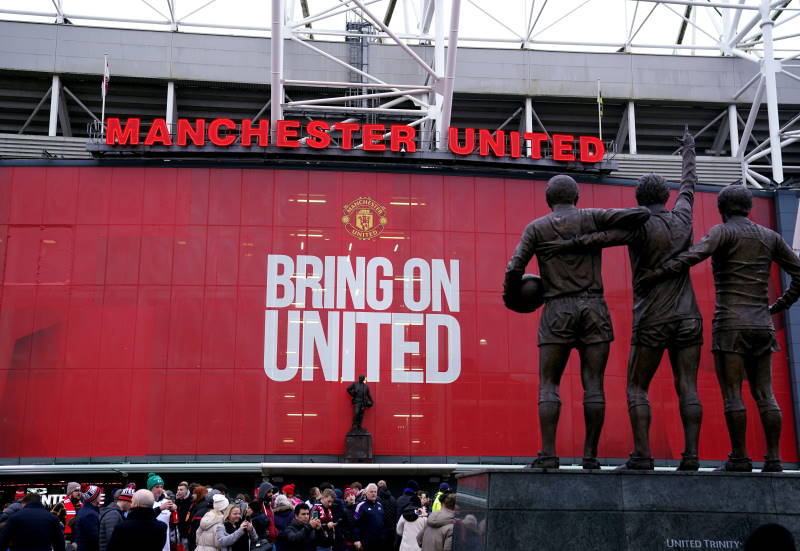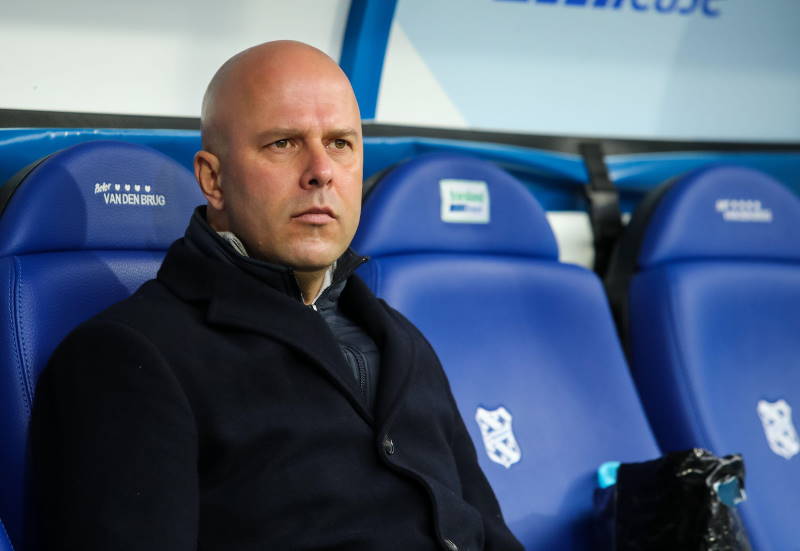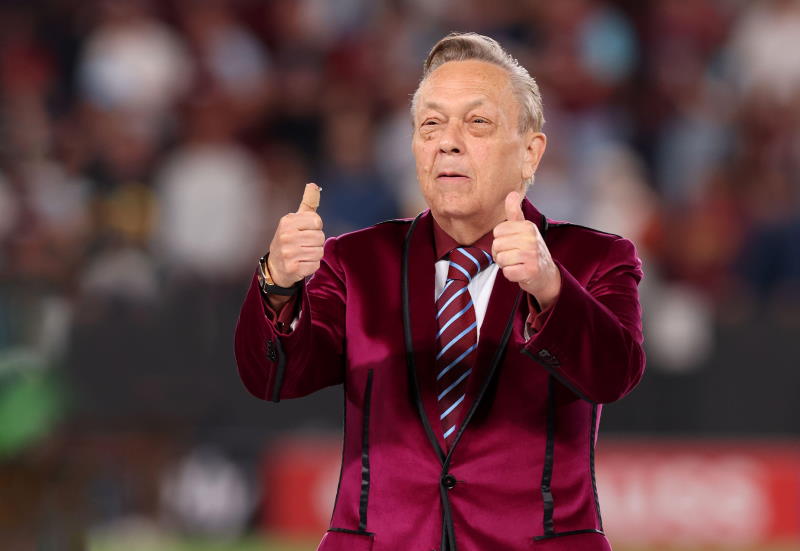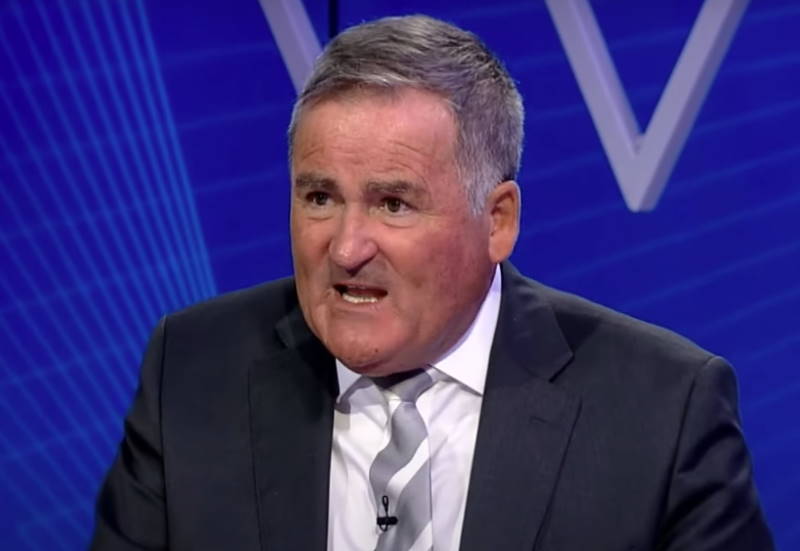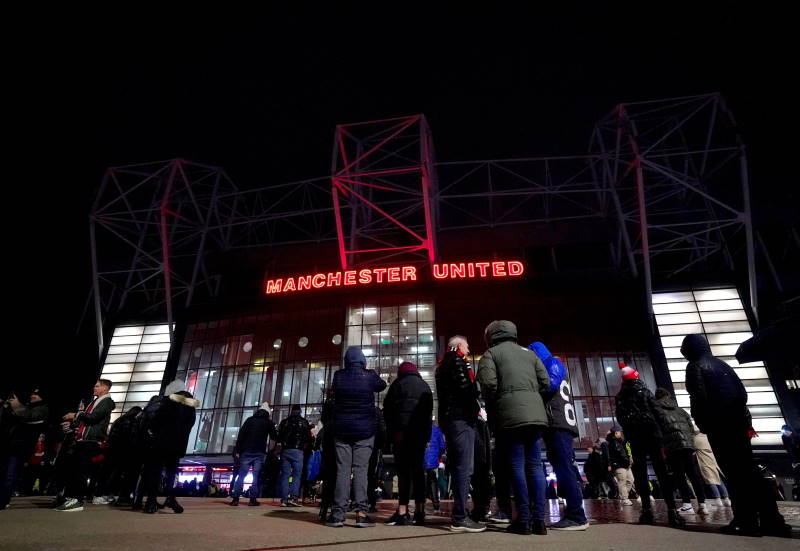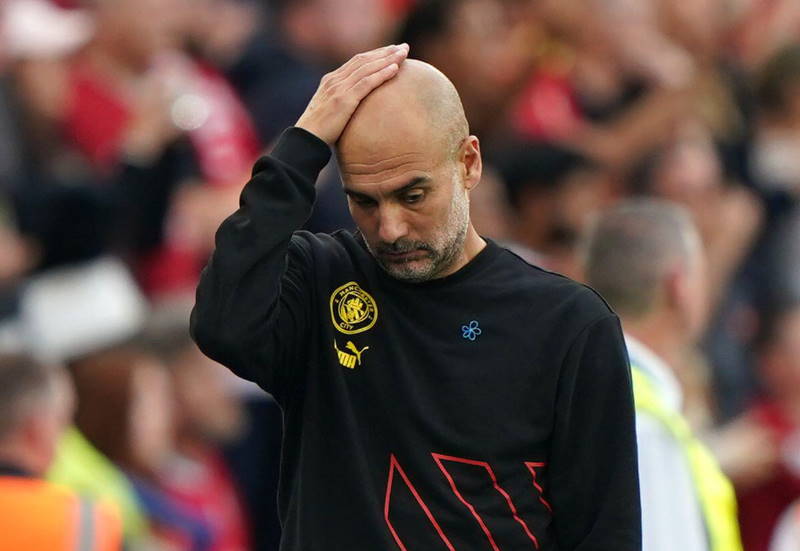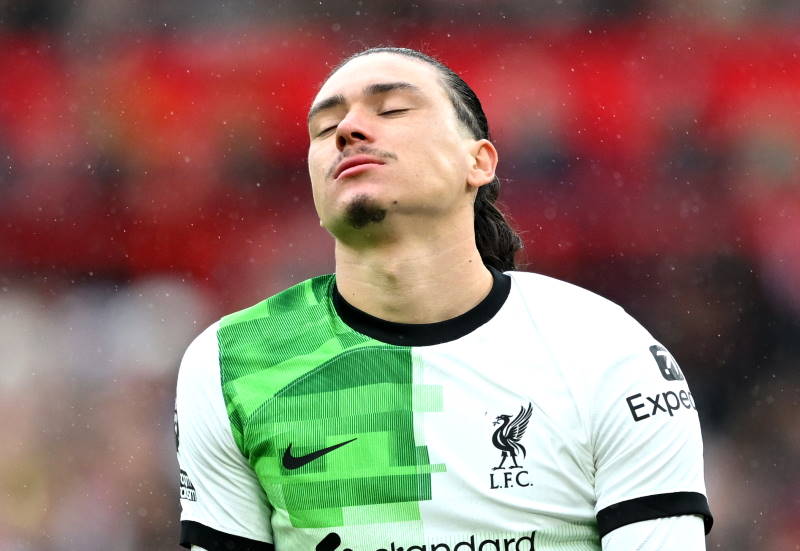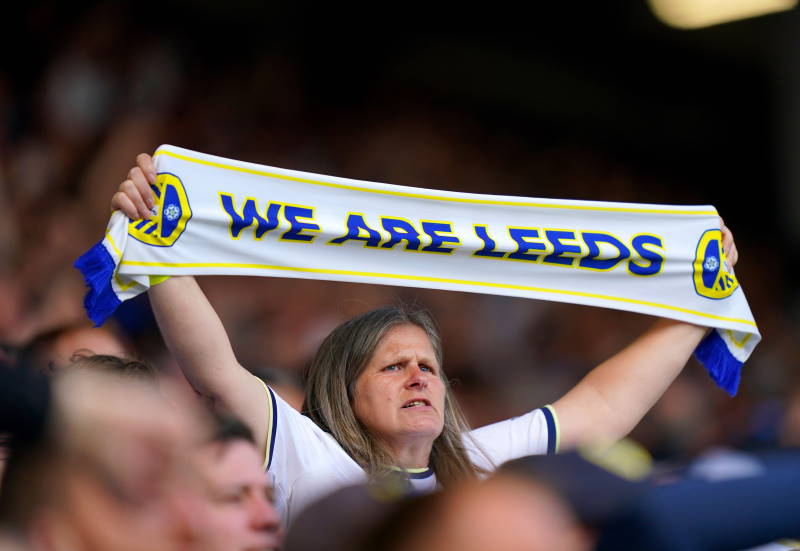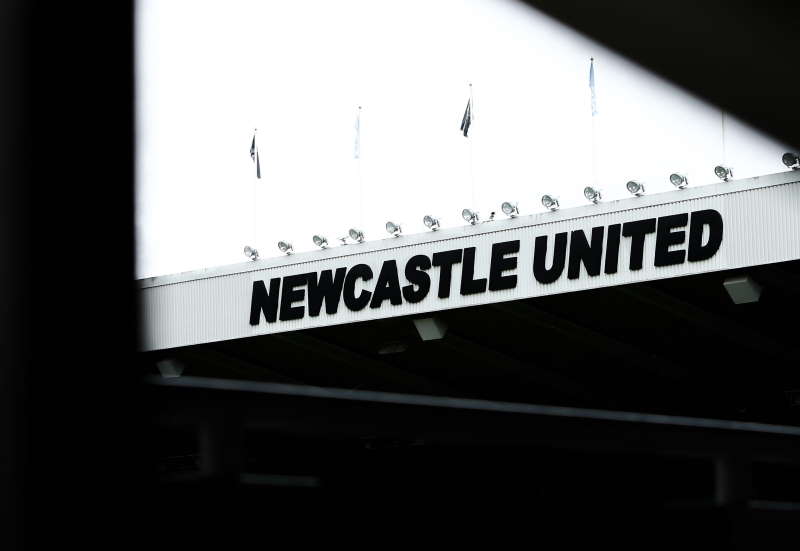
The story of Argentine football’s greatest rivalry begins on the banks of the River Plate. There, in the docks of La Boca, Buenos Aires, representatives from two local clubs met in May 1901 to rubber-stamp their merger, settling on the name River Plate after seeing the name inscribed on boxes being lifted from the ships docked nearby. Just under four years later a group of five Italian immigrants founded Boca Juniors in the same neighbourhood.
When the two sides met competitively for the first time, in August 1913, there was little indication that the fixture would go on to become the most important on the country’s football calendar. Boca were newly promoted to the recently expanded first division, while River Plate had no titles to their name after four years in the top flight. Regardless, River’s 2-1 victory is still a great source of pride for their supporters to this day.
The 1919 split of Argentine football into two separate associations afforded Boca their first league title, but consigned their neighbourhood feud to the scrap heap as River followed the breakaway Asociacion Amateurs de Football while Boca stayed loyal to the Asociacion Argentina de Football. Both teams won their respective titles in 1920, but it wasn’t until the reunification of 1927 that they again locked horns on the field, Boca winning 1-0.
In the intervening period River had relocated from their original dockside location to the wealthier Palermo district. With the advent of professionalism in 1931 they were able to legitimately flex their new-found financial muscle, signing Sportivo’s renowned forward Carlos Peucelle for a then ludicrous sum of 10,000 pesos. Despite that outlay, the inaugural professional title still went to Boca, inspired by the prolific scoring of their own new recruit, Francisco Varallo.
It was in the following decade that the seeds were sewn for a bitter feud as Boca and River established themselves as the dominant forces of Argentine football. The expensive purchase of Bernabe Ferreyra from Tigre cemented River’s nickname as Los Millonairos and brought them the 1932 title. Boca won in 1934 and 35, River in 36 and 37, Boca again in 1940 and River in 41. All in all, eight of the first ten professional titles went to one of the two clubs.
As their on-field rivalry intensified, the growing social chasm between their respective supporters further increased the hostility. River had moved upmarket once more, to the Northern Buenos Aires suburb of Nunez in 1938, and soon became the team of the upper, and aspirational middle, class. Boca, meanwhile, opened the Estadio Camilo Cichero – now affectionately known as La Bombonera – in the heart of La Boca in 1940, continuing to attract support from the poor immigrants who called the dockside district home.
To this day River fans refer to their rival supporters as los chanchitos (little pigs), due to the smell they say emanates from La Bombonera and the polluted waters surrounding La Boca. On derby day they wear masks or hold their noses to protect themselves from the stench. Boca fans, on the other hand, refer to their River counterparts as gallinas (chickens), implying the supporters and players alike lack guts and are easily scared. On derby day they imitate chicken noises and ruffle their imaginary feathers in provocation.
Inside the stadium, the scene is awash with the red and white of River and the blue and yellow of Boca. Huge banners are unfurled, ticker tape floats down towards the field and fireworks crackle and sparkle in every direction. The atmosphere is incomparable to just about any other derby in the world.
On the pitch, the action sometimes struggles to live up to the excitement in the stands, such is the tension that comes with such a high-profile encounter, but there have still been some classic matches over the years.
River supporters will remember fondly their title triumphs secured at La Bombonera in 1942 and 1955, coming back from 4-2 down to win 5-4 in 1972, and winning 2-0 as champions in 1986 in a game made famous by the use of an orange ball due to the copious amount of ticker tape on the pitch. Boca supporters will boast of their 6-0 win in 1928 – still the highest winning margin in a meeting between the two sides – Diego Maradona making a fool of River goalkeeper Ubaldo Fillol during a 3-0 win in 1981, and overturning their 2-1 first leg defeat to eliminate River with a 3-0 victory in the return leg of their 2000 Copa Libertadores quarter-final clash.
To date River and Boca are the two most successful Argentine clubs in domestic competition – River winning 34 league titles to Boca’s 31. Boca, however, hold a distinct edge over their rivals in international competition, with 17 titles to River’s five, including six Copa Libertadores triumphs. They are also considered the better supported of the two clubs, with a 2006 survey indicating 41.5% of the country’s football supporting populous pledge allegiance to Boca, while 31.8% pledge allegiance to River.
Both clubs are currently struggling for form, but even when there are no titles on the line, the Superclasico – as it is now commonly known – is always sure to be fiercely contested. Their supporter bases may have expanded from their original strongholds but there is still an underbelly of neighbourhood pride, of the rich versus the poor, the haves versus the have nots that makes it compelling viewing. When The Observer newspaper compiled a list of ‘50 sporting things you must do before you die’ in 2004, ‘watch Boca Juniors play River Plate’ was number one. You’d struggle to find many who would disagree.


